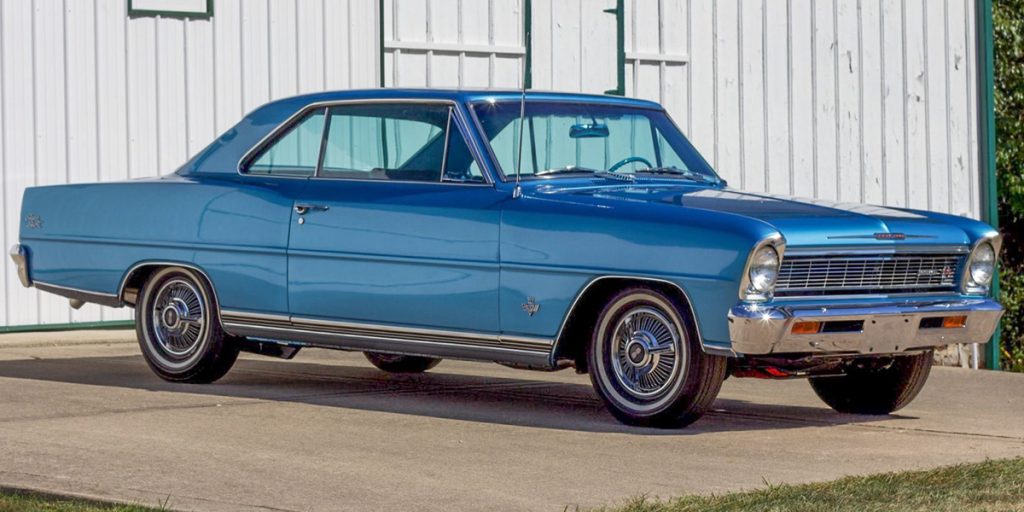
Five Iconic Chevrolet Muscle Cars from the 1960s and 1970s
The golden era of American muscle cars was defined by bold styling, big horsepower, and a relentless pursuit of speed. Chevrolet was right in the
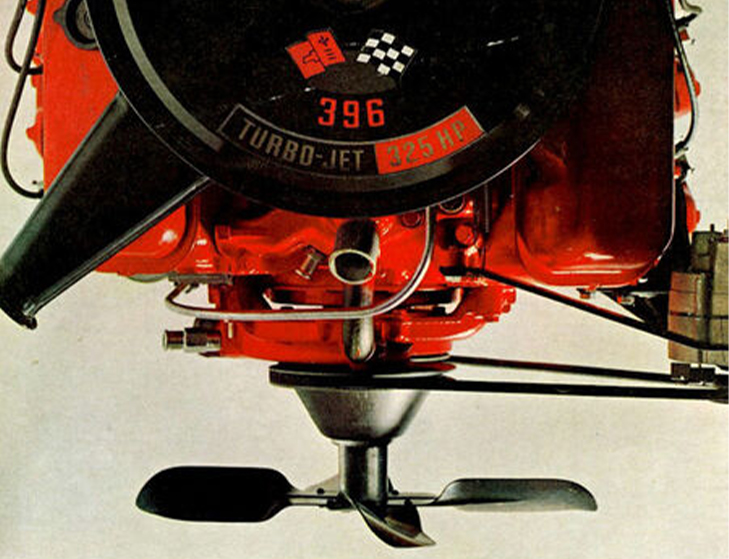
The truth of the matter is that there’s no single answer that puts the debate to rest. There is over 50 years’ worth of development into the platforms that muddies the waters even further. We’re here to break it down with an overview of the two types of Chevy V8s.
At the fundamental level, the easiest difference to spot is their physical size. The big block will certainly be physically larger than a small block, but that isn’t the end of it. Both big and small blocks are “V” oriented but, due to the increased size of the big block, it more closely resembles a “Y” configuration. To aid in maximizing airflow the cylinders are also further apart when compared to the small block engine.
Closely related to the physical size of the two engines is their weight. The big block will be significantly heavier than its small block siblings putting additional weight over the car’s front axles. This added weight can often result in weaker acceleration or handling compared to small blocks in similar applications. They will also generally require stiffer suspension components such as springs to accommodate for the extra weight.
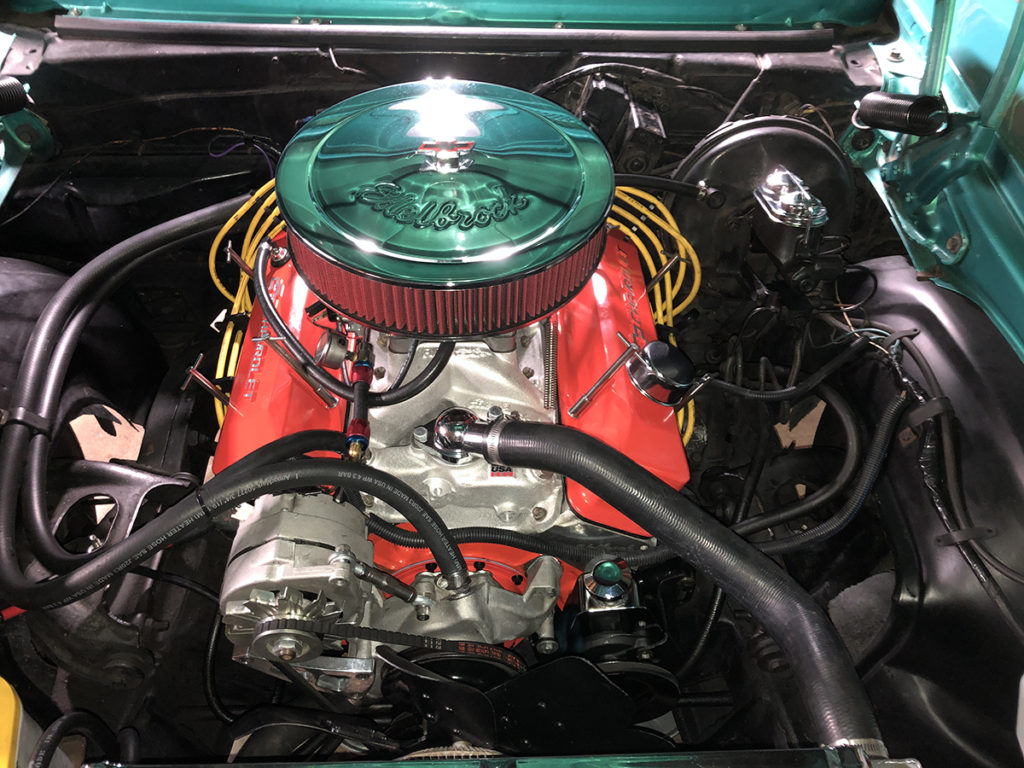
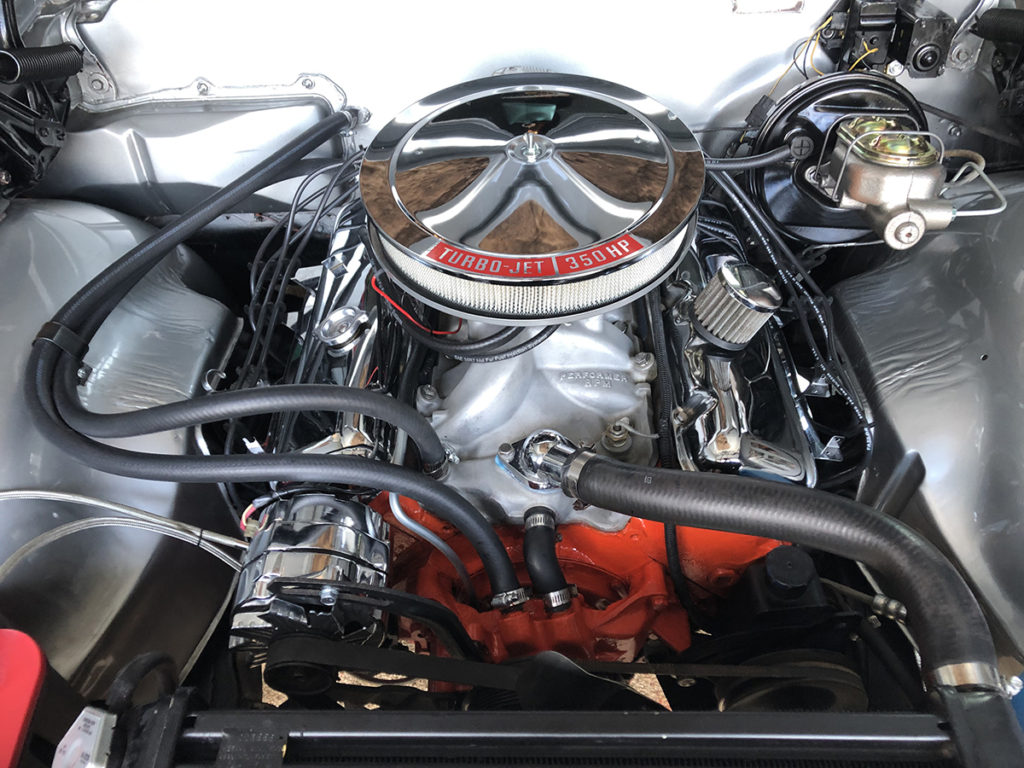
Small blocks, affectionately referred to as mouse motors, are much more compact than their big block counterparts, weigh less, and can rev higher. On the other hand, they don’t produce quite as much torque as a big block but often result in better handling characteristics due to their lighter weight, which is typically a few hundred pounds between the engine families.
While the small block was a versatile engine family, the big block was necessary for many applications that the small blocks just weren’t fully capable of handling adequately. The advantage to the big block engine design is the plentiful low-end torque. Even though V8s, in general, are known for their torque figures, the big block stands out as having plenty on tap whenever needed. That is because of the generally longer stroke that the big block architecture is capable of, along with a smaller bore and larger valves and ports which allows for increased airflow and thus more power.
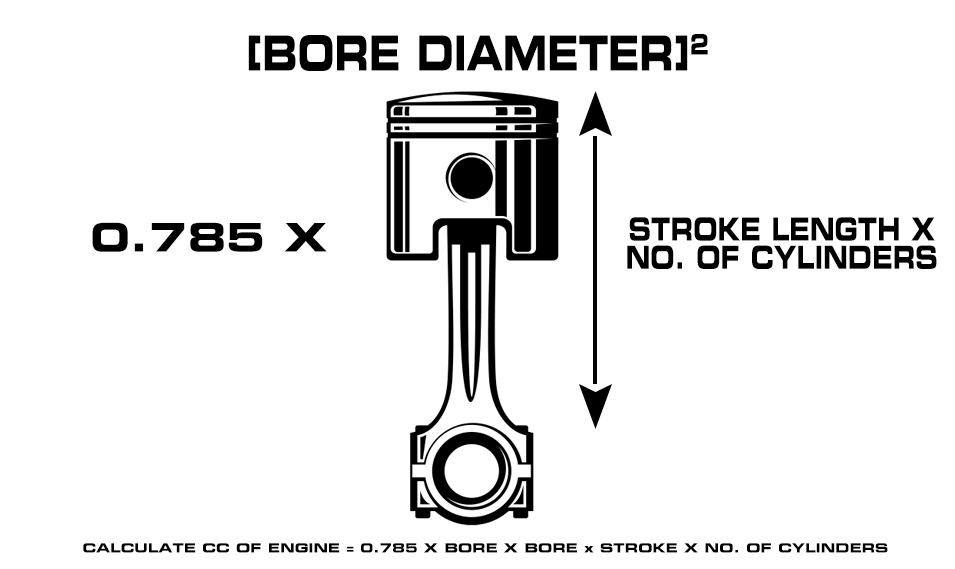
Stroke refers to the distance that the engine’s pistons have to travel up and down. Bore is the other key metric that determines an engine’s volume. Bore refers to the diameter of the engine’s cylinders, the larger the bore indicates the cylinders are generally bigger. Both of these values, when taken together, generally determine whether an engine is a big or small block if they have roughly equal displacements.
The side effect to the above-mentioned longer stroke, smaller bore, and larger valves and ports is that a big block’s rev range typically redlines at 5500 RPM. The small block, however, is capable of achieving a few hundred more RPMs on average. A longer stroke such as typically seen in big blocks, means fewer strokes per measure of time, thus decreasing the maximum RPM limit. A shorter stroke conversely raises the RPM limit due to more strokes being possible in the same measure of time.
This also affects the powerband, with small blocks achieving peak power much later in the rev range than big blocks that make most of their grunt lower in the revs. This is due to the generally larger bore that is characteristic of the small block architecture. A larger bore along with a shorter stroke allows the engine to make similar power figures to a long stroke and small bore big block, though in a different manner.
Both engine families can still be purchased through the GM crate program, though they have both been superseded by the LS and now LT family of modern Chevy small block V8s in production vehicles.
In the modern era, GM has moved towards utilizing various displacement small block offerings in their lineup known as the LS family. Modern materials and technologies have allowed for the small block architecture to achieve displacement and power figures much the same as the older big block platform, rendering them obsolete, except to the vintage purist or the hot rodder looking for a certain experience from their Chevy V8. The LS series is compact, generally lightweight, and capable of a ton of power.
Both types of Chevy V8 have been prolific among hot rodders, streetcar builders, and drag racers throughout the years. Essentially it comes down to both personal preferences as well as the intended purpose of the vehicle. However, the LS series engines, first introduced in 1997, have seen a rise in popularity among hobbyists as they have become more affordable and increasingly available on the used market.

The golden era of American muscle cars was defined by bold styling, big horsepower, and a relentless pursuit of speed. Chevrolet was right in the
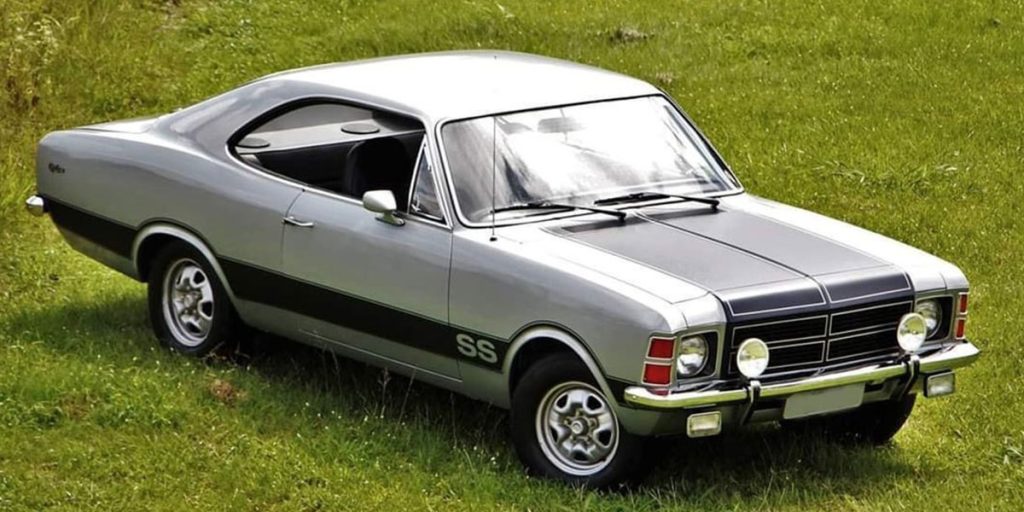
American muscle car’s didn’t just change the automotive landscape in America, it changed the global automotive industry forever. Born from a perfect storm of post-war
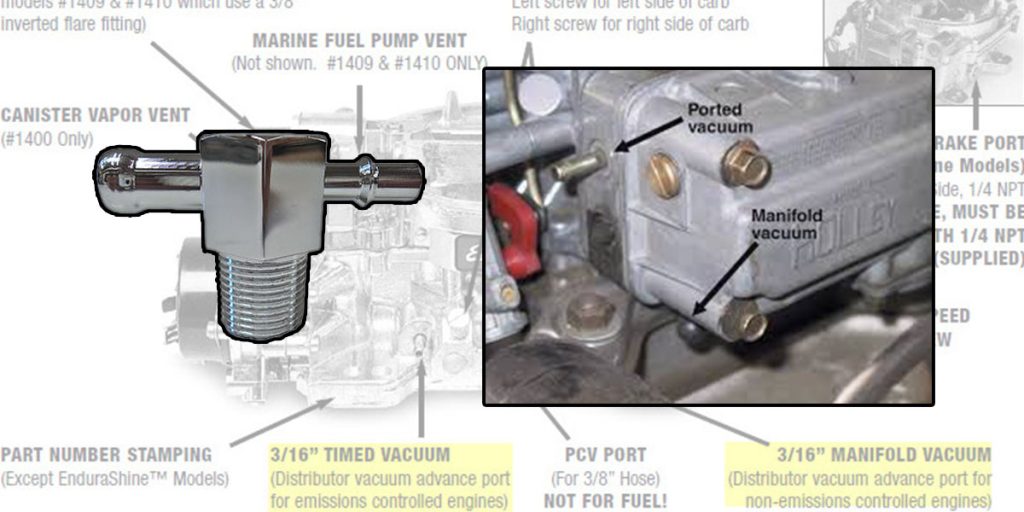
Ported vs. Manifold Vacuum for Distributor Vacuum Advance in GM Applications In the world of classic General Motors (GM) engines, proper ignition timing is needed
